The Outer Banks has a fascinating story to share, from the first English settlement in what would become America, to the Wright Brother’s development of powered flight, and the wars that raged off our coast before and after. We've got 3 national parks, each with their own defining significance. Here are a few of the lesser-known historic spots to add to your next trip to the OBX of North Carolina.
The Monument to a Century of Flight
Created and dedicated during the First Flight Centennial in 2003, the monument depicts the human odyssey of flight in a single century from earthbound into the mysteries of space. It's fourteen stainless steel, wing-shaped pylons ascend in height from 10 to 20 feet and are organized in an orbit of 120 feet, symbolic of the length of the Wright Brothers' first historic flight. Black granite panels chronicle one hundred of the most significant events in aviation's first century. For more aviation-related history, the Wright Brother's National Memorial cannot be missed along with the marker where Wilbur Wright began the assembly of their first experimental glider on September 17, 1900, that led to man's conquest of the air. You can find the marker on Moore Shore Road 0.1 miles from W. Kitty Hawk Road, on the right when traveling south.
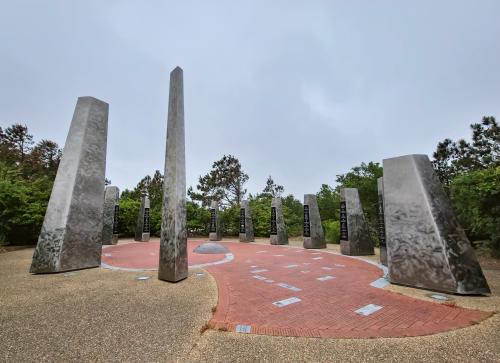
Outer Banks History Center
Find answers to local trivia questions, explore family history or find images from the past at the Outer Banks History Center, a regional archives and research library administered by the North Carolina State Archives (Department of Cultural Resources). Holdings include books and magazines, thousands of photographs, postcards and maps, personal papers and organizational archives, oral histories and other recordings, and much more. The center is located across from the Manteo waterfront within the Roanoke Island Festival Park complex. Open to the public. Most services are free including gallery admission. Reading Room open most weekdays, (with the exception of state holidays). The gallery is open 7 days a week with hours changing seasonally.
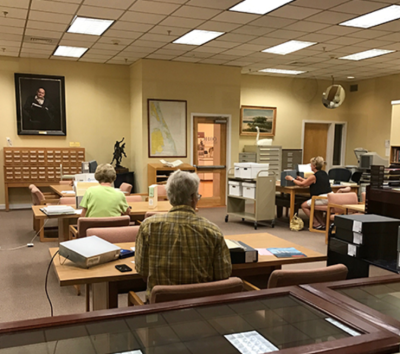
Pea Island Cook House
Pea Island Lifesaving Station was the first station manned by an all black crew. Starting in 1880 and until it was decommissioned by the U.S. Coast Guard in 1947, the crew risked their lives to save victims and cargo along the Outer Banks. The restored cookhouse preserves the history of the station and of the brave men who served there through memorabilia, artifacts, relics and pictures depicting life in the Lifesaving Service.

The Freedmen’s Colony of Roanoke Island
1862-1867 - The Roanoke Island Freedmen’s Colony is recognized as a historic National Underground Railroad Network to Freedom Site. A marker was erected in 2001 to designate the site of a permanent colony on Roanoke Island between 1862 and 1867. Most of its 3,000 residents had been slaves three years earlier in northeastern North Carolina. A path through the woods north of Fort Raleigh leads visitors to a commemorative park along Croatan Sound.
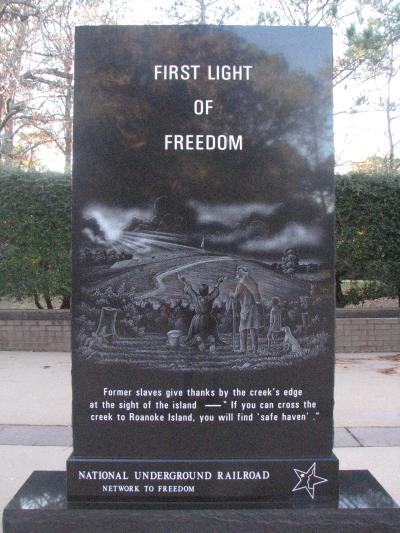
Civil War Trail
Winding throughout the Outer Banks through Roanoke Island and Hatteras Island are parts of the Dare County Civil War Trail - a great way to experience a fascinating time in the history of The Outer Banks.
Chicamacomico Lifesaving Station Historic Site
Established in 1874, the Chicamacomico Life Saving Station was a predecessor to the modern U.S. Coast Guard, of which it became a part in 1915. The station features fantastic architecture and special summer programs and events for the family.
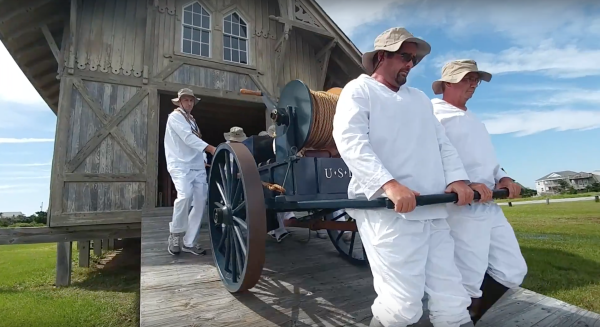
Frisco Native American Museum and Natural History Center
Located in the village of Frisco. The museum contains a nationally recognized collection of Native American artifacts, exhibits and natural history displays. Galleries filled with native art include information on Native Americans across the United States, as well as artifacts from the first inhabitants of Hatteras Island. Designated as a North Carolina Environmental Education Center and a Historic Albemarle Tour site, the museum also includes a newly opened bird observation room and several acres of nature trails winding through a lush maritime forest. Trails include exhibits and accommodations for visually impaired persons (VIPS).
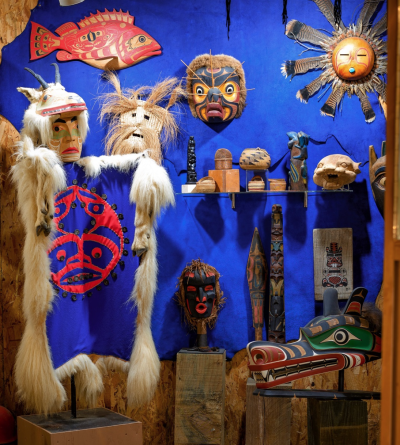
Croatan Archaeological Society
The Croatan Archaeological Society, as part of its mission, works to educate the local community and the public about Hatteras Island's hidden history and the story that the archaeological research provides. The CAS has artifacts on display at the new Lost Colony Museum and Gifts, which is orchestrated by the CAS and is located at 46618 N.C. Highway 12. Buxton. To keep tabs on the museum’s progress and events, visit the Croatoan Archeological Society’s Facebook page.

